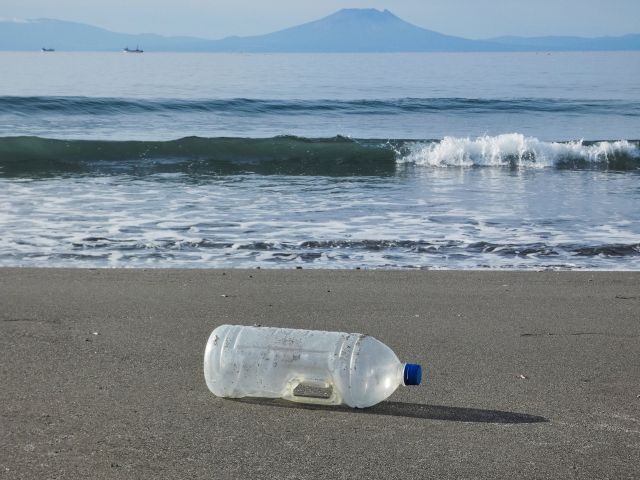
Marine Plastic Pollution
Plastic waste is one of the most concerning types of marine debris due to its harmful impact on marine life. Although plastic can physically break down into smaller fragments in the environment, it is rarely decomposed by organisms. Its degradation through processes like thermal oxidation is extremely slow, allowing it to persist in the environment for hundreds or even thousands of years.
Plastic waste in the ocean causes direct harm to marine animals. Seabirds and sea turtles may ingest plastic, mistaking it for food, and marine animals often become entangled in abandoned or lost fishing lines and nets, leading to injury or death. Additionally, discarded fishing gear such as crab traps can continue to catch marine creatures even after being lost—a phenomenon known as “ghost fishing.” In these cases, trapped animals die and become bait, attracting more victims and creating an ongoing cycle of capture and death.
Indirectly, the toxic chemicals contained in plastics pose another threat. When marine organisms ingest plastic, these chemicals can accumulate in their bodies and potentially enter the human food chain, raising concerns about impacts on human health.
Why are Microplastics a problem?
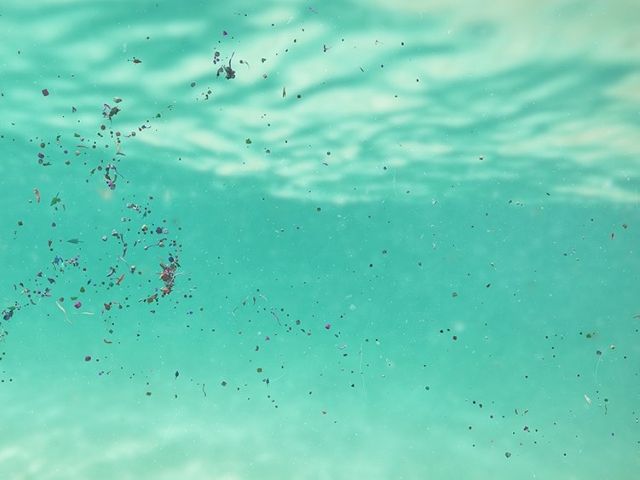
In addition to the harm caused by larger plastic waste, microplastics—plastic particles smaller than 5 mm—have become a growing concern due to their potential impacts on wildlife, ecosystems, and human health.
Microplastics can be divided into two types. Primary microplastics include microbeads used in products like facial cleansers and toothpaste, as well as resin pellets (the raw materials for plastic production) that are accidentally released into the environment. In recent years, many countries have taken steps to address these risks by banning the use of microbeads in cosmetics and tightening regulations on resin pellets.
However, a more serious long-term concern is posed by secondary microplastics, which are formed when larger plastic items degrade in the environment. Plastic waste that enters rivers, coastal areas, or the ocean gradually breaks down due to factors such as temperature fluctuations (thermal oxidation) and sunlight (photo-oxidation). This process causes the plastic to fragment into tiny particles, which are then dispersed throughout the marine environment by tides and waves. These microplastics pose several major problems.
A study conducted in 1997 in the northeastern Pacific Ocean, between Hawaii and the west coast of the United States, found approximately 330,000 microplastic particles (5 mm or smaller) per square kilometer. This was reported to be more than the amount of plankton collected in the same area, suggesting that fish feeding on plankton may actually be ingesting more plastic than food.
Plastics often contain petroleum-based additives—such as antioxidants, antistatic agents, plasticizers, and flame retardants—to preserve or enhance their properties. As plastics degrade, microplastics can release these additives into the marine environment.
For example, nonylphenol, a chemical derived from antioxidants, has been detected in plastics. Nonylphenol is known as an endocrine disruptor—or environmental hormone—and is linked to potential health risks such as breast cancer, endometriosis, and decreased fertility.
Another additive, brominated diphenyl ether, is used as a flame retardant. It is highly lipophilic and bioaccumulative. While its acute toxicity is considered low, certain high-concentration anti-fogging experiments suggest it may disrupt thyroid hormone function and affect sperm production.
Moreover, persistent organic pollutants (POPs)—such as PCBs, DDT, and dioxins—previously released into the ocean continue to circulate through the marine environment. These substances are resistant to degradation and are known to cause serious health problems, including cancer.
Since plastics are petroleum-based, microplastics in the ocean can adsorb fat-soluble or chemically reactive pollutants like PCBs from seawater or the seafloor. This has been confirmed by actual chemical analyses.
Additionally, while microplastics are commonly collected using plankton nets with mesh sizes of around 0.33 mm, researchers believe that a much larger quantity of smaller, nano-sized microplastics passes through these nets undetected.
These tiny particles pose serious problems in the ocean because their small size makes them virtually impossible to recover and highly resistant to further breakdown. Once released into the marine environment, there is currently no effective way to stop marine organisms from ingesting them or to mitigate the harmful effects of the chemicals they contain. This makes nano-sized microplastics one of the most urgent environmental concerns.
The Impact of Microplastics Ingested by Fish on Human Health
Concerns have been raised about the impact of microplastics on fish—the first marine organisms to ingest them—and how this may, in turn, affect human health through seafood consumption.
Regarding fish, a report published in the Marine Pollution Bulletin in November 2022 found that additives in microplastics can transfer to the muscles and livers of fish through the food chain. However, the specific adverse effects on fish health remain unclear. In contrast, orcas—top predators in the marine food web—have shown more concerning results. In some individuals from the western North Atlantic population, which mainly preys on other marine mammals, levels of persistent organic pollutants (POPs) in their blubber were found to be more than twice the threshold associated with a high risk of reproductive disorders.
Although the direct effects of ingesting microplastics are still uncertain, these findings suggest that POPs may bioaccumulate through prey species. There are also concerns about further bioaccumulation in orca calves via breast milk and the potential for reproductive effects. However, there is currently no conclusive evidence linking POPs to declining orca reproduction rates. Given the many unknowns surrounding the biological impacts of these chemicals, a precautionary approach is warranted.
As for human health, Professor Hideshige Takada of Tokyo University of Agriculture and Technology, a leading expert on microplastic pollution, notes that microplastics themselves are not retained in the human body but are excreted. He also points out that we are exposed to greater amounts of harmful substances through drinking water and food than through microplastics, suggesting that there is no immediate cause for concern.
Nevertheless, research on the effects of microplastics on fish populations and human health remains limited. Meanwhile, the amount of plastic waste entering the ocean is projected to continue rising globally, making the outlook far from optimistic. Future studies—including in-house biological administration tests and marine surveys to evaluate how microplastics accumulate in organisms—will be essential for assessing potential health risks.
For instance, similar to current guidelines from Japan’s Ministry of Health, Labour and Welfare advising pregnant women to limit tuna consumption due to methylmercury, we may one day see recommendations to limit consumption of seafood likely to contain microplastics—such as a weekly cap on salted mackerel intake. Of course, we hope such measures will never become necessary.
Policy Initiatives
1. Status of Negotiations on International Treaties
Following a resolution adopted at the United Nations Environment Assembly (UNEA) in 2022, efforts are underway to establish a legally binding international treaty to address plastic pollution.
Although the initial goal was to finalize an agreement by the end of 2024, no consensus was reached at the fifth session of the Intergovernmental Negotiating Committee (INC-5), held in Busan, South Korea, from November 25 to December 1, 2024. The main point of contention was whether to include targets for reducing plastic production.
Notably, the High Ambition Coalition (HAC)—a group of over 100 countries, including the European Union (EU) and various island nations—advocated for international regulations that address plastic production. However, this proposal faced strong opposition from some countries, particularly oil-producing nations.
As a result, negotiations will continue. The next session, INC-5.2, is scheduled to take place in Geneva, Switzerland, from August 5 to 14, 2025.
2. Efforts by the European Union (EU)
In 2019, the EU adopted the Single-Use Plastics Directive, which bans certain plastic products and imposes strict controls on the intentional use of microplastics.
Further action was taken in October 2023 with the adoption of EU Regulation 2023/2055, under the REACH Regulation framework. This regulation restricts the sale of products containing intentionally added microplastics.
Starting October 17, 2025, suppliers of microplastics for industrial use will be required to provide specific instructions for their use and disposal.
To support compliance, the EU published an implementation guide for the REACH microplastics restrictions in April 2025. This guide provides detailed explanations to assist businesses, regulators, and the general public in understanding and applying the new requirements.
3. Initiatives in Japan
In Japan, efforts to address plastic pollution are guided by the Plastic Resource Circulation Strategy, established in 2019. This strategy promotes the “3R + Renewable” concept—adding the use of renewable resources to the traditional principles of Reduce, Reuse, and Recycle.
Based on this strategy, the Plastic Resource Circulation Promotion Act was enacted in 2022. It requires businesses and local governments to sort, collect, and recycle plastic waste. As of May 2025, certifications of business plans for resource recycling and voluntary plastic collection continue under this law, strengthening efforts to build a circular plastic economy.
Additionally, the Ministry of the Environment released the 2024 edition of “Good Practices for Reducing Microplastics”, highlighting leading initiatives by Japanese companies in areas such as microplastic reduction, leakage prevention, alternative materials, and collection technology development.
These policy efforts reflect concrete progress toward the goals outlined in the Osaka Blue Ocean Vision, presented at the 2019 G20 Osaka Summit, and the G7 Hiroshima Summit’s 2023 commitment to achieve zero additional plastic pollution by 2040.
Summary
Once microplastics enter the ocean, they are extremely difficult to remove and degrade very slowly. Therefore, it is essential to focus on preventing their generation in the first place. Practical measures include properly managing plastic products in our daily lives, regularly cleaning out fiber debris from washing machine filters, and collecting plastic waste from rivers and coastlines before it breaks down into microplastics.
In addition, more fundamental solutions are needed, such as reducing overall plastic use, promoting biodegradable plastics, and developing alternative materials and products to replace conventional plastics. By implementing these comprehensive strategies, we can significantly reduce the environmental impact of microplastics.
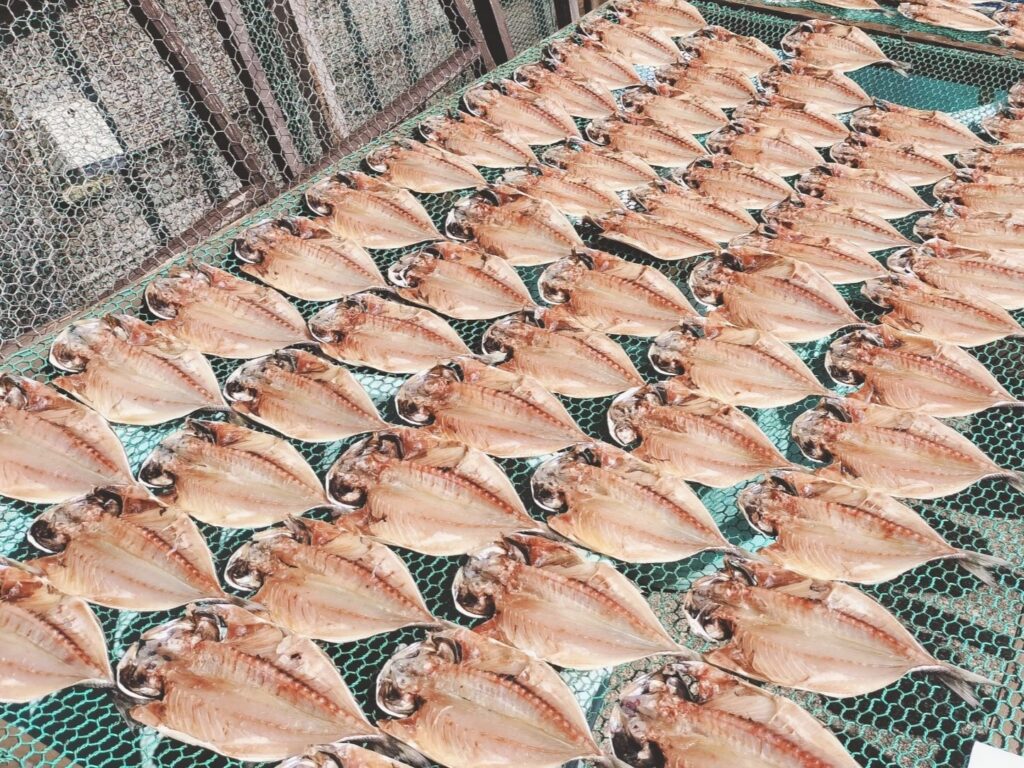
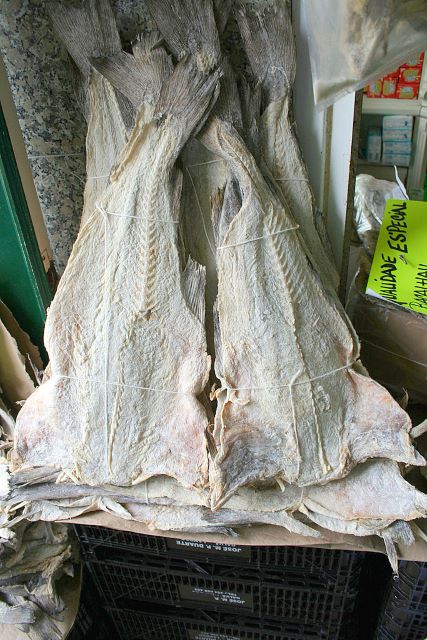
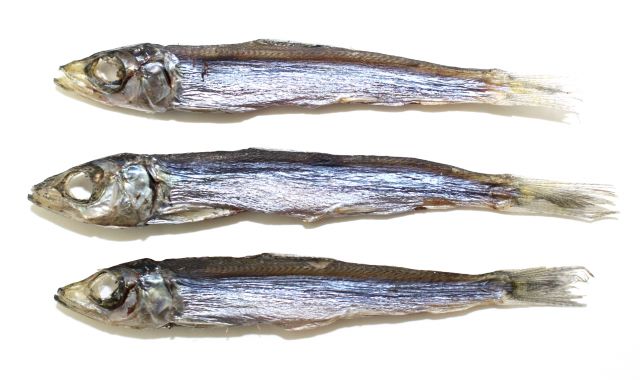
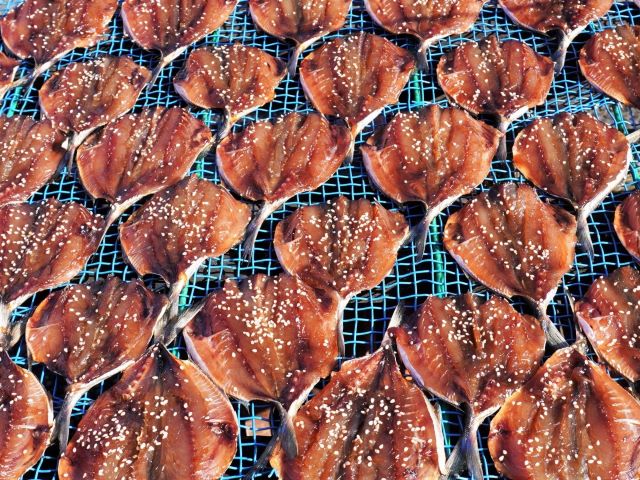

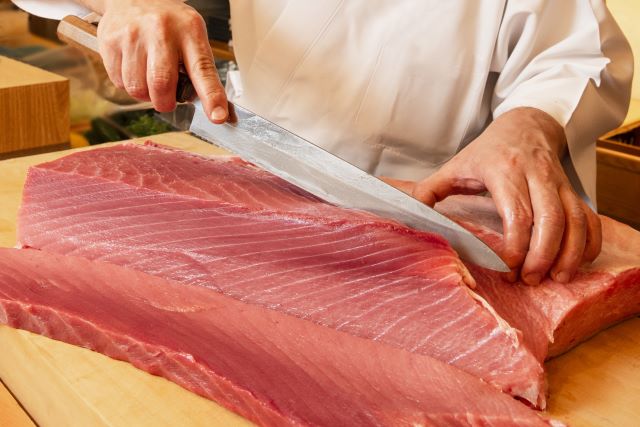
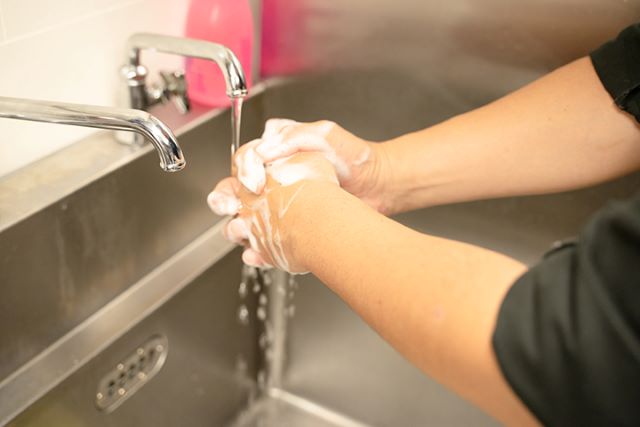
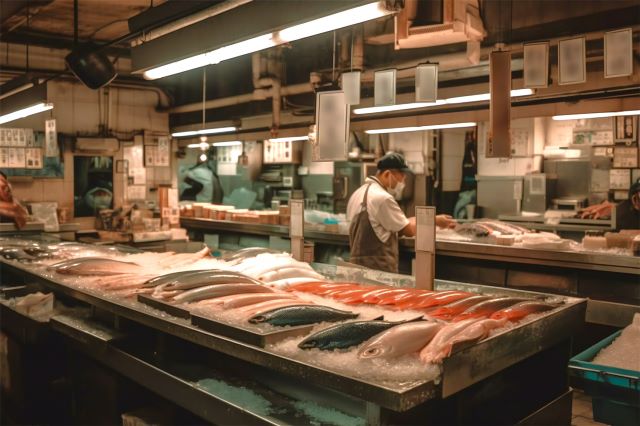
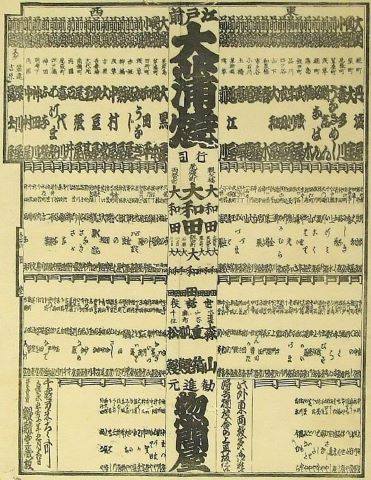
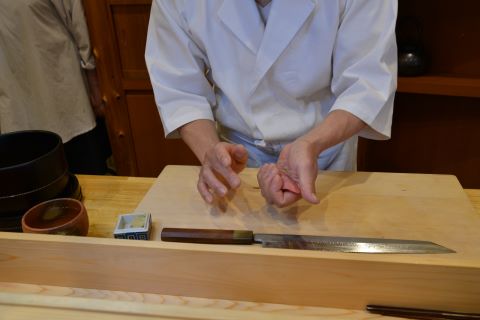
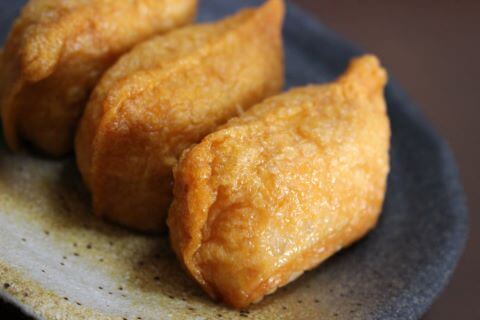
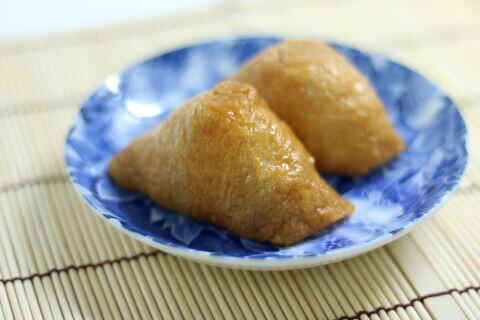
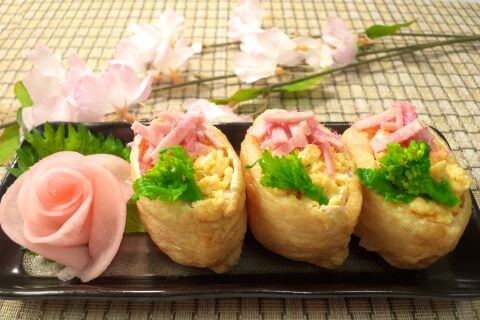
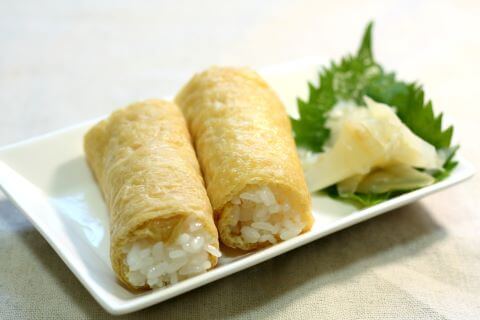 Almost all roll-type Inarizushi in Japan is made with a dried fried tofu from Kumamoto called Nankanage. Unlike normal fried tofu, it looks like paper in the shape of a sponge and does not form a bag. That’s why the only way to use it was by wrapping it around the rice. Also, this method might have emerged as a practical solution to avoid tearing the tofu while stuffing it.
Almost all roll-type Inarizushi in Japan is made with a dried fried tofu from Kumamoto called Nankanage. Unlike normal fried tofu, it looks like paper in the shape of a sponge and does not form a bag. That’s why the only way to use it was by wrapping it around the rice. Also, this method might have emerged as a practical solution to avoid tearing the tofu while stuffing it.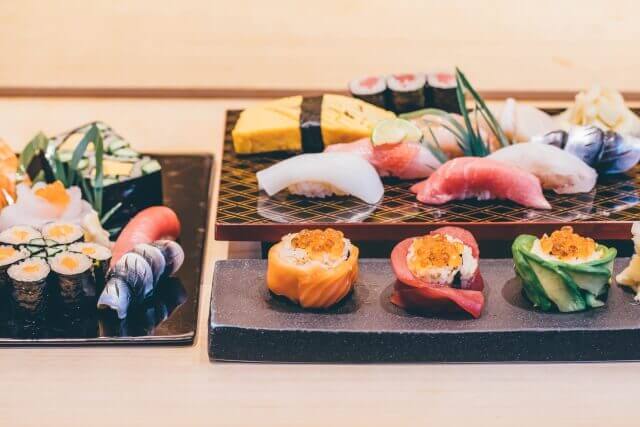 There are many things that fall under the term “sushi”.
There are many things that fall under the term “sushi”.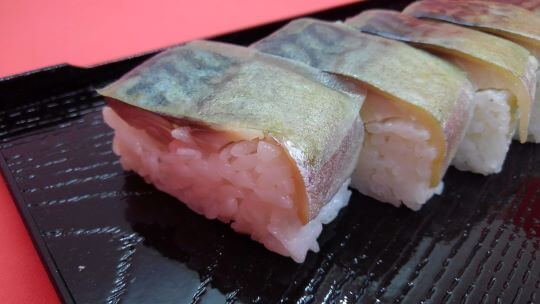 While not often seen in Tokyo, “Whole mackerel sushi” is popular in Kyoto and Osaka. This is pressed sushi made by placing vinegared
While not often seen in Tokyo, “Whole mackerel sushi” is popular in Kyoto and Osaka. This is pressed sushi made by placing vinegared